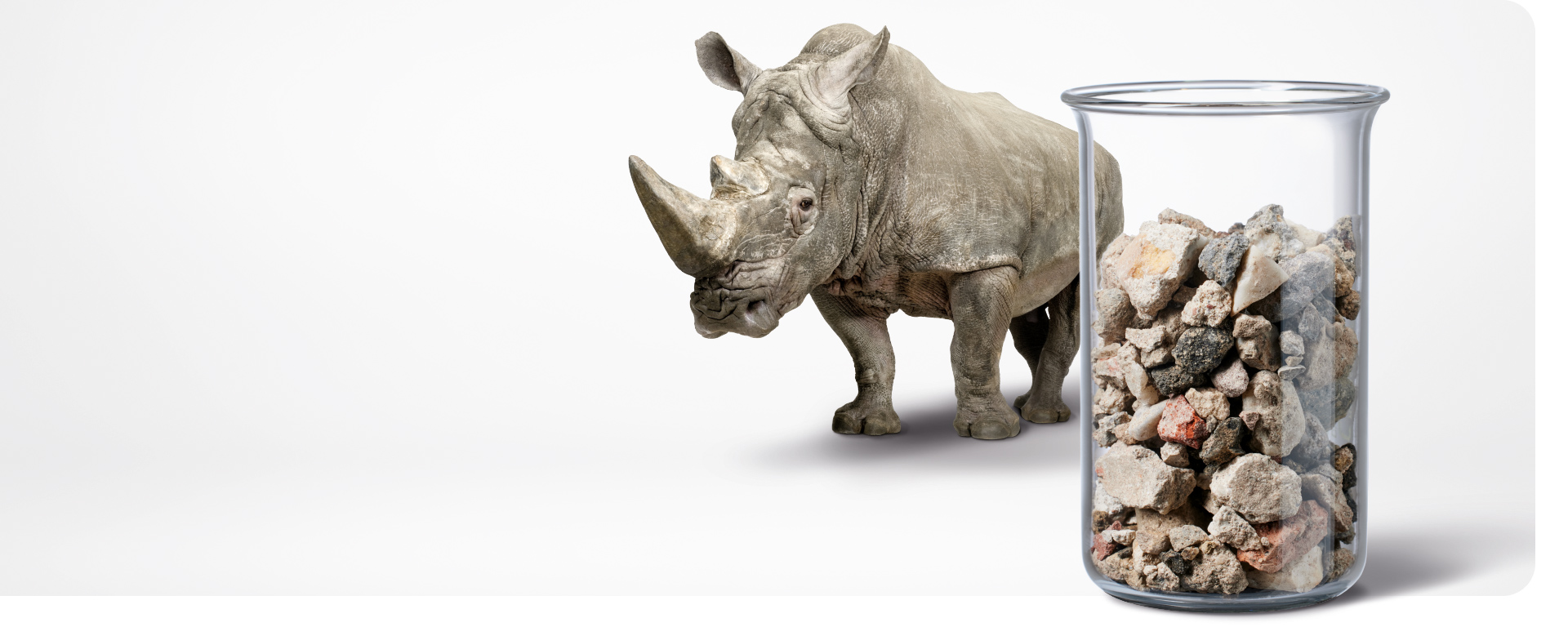Concrete advice on how consumer waste should best be handled can be found on our website remondis-buergerservice.de
Search
REMONDIS’ business locations around the world
Being one of the world’s leading recycling, service and water companies, REMONDIS has around 1,000 business locations across the globe. These can be found in over 30 countries in Europe, Africa, Asia and Australia.
REMONDIS’ business locations in Germany
REMONDIS’ business activities in Germany are managed and carried out by its six regional companies. REMONDIS also has a whole variety of specialist companies, many of which are based here in Germany as well.
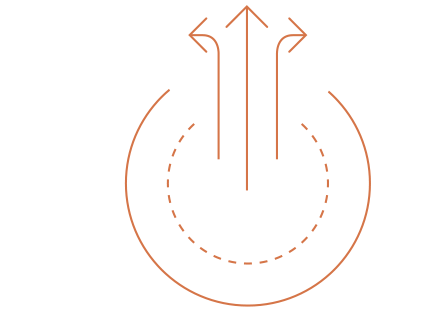
Recyclable raw materials are not just lying around – they have to be removed from discarded products. This, however, is only possible if they have been added to the product so that they can be recovered using technically and economically viable processes.
Whatever people put together should be able to be taken apart again
At the moment, a large number of products have the problem that designers fail to factor in recycling. Manufacturers tend to focus entirely on a product’s use during its service life when developing and making their products. It is, though, just as important to consider what happens to a product when it is no longer needed. The Ecodesign Directive which came into force over ten years ago and has been much amended since then, was supposed to rectify this problem. It has not succeeded in doing this yet, however, as it has completely ignored the subject of how to use raw materials sensibly.
The problem with composite materials

As far as recycling is concerned, any product made out of so-called composite materials can be classified as problematic. This is the case where products are made with a variety of materials that have been joined together in such a way that it is hard or indeed impossible to separate them from each other.
Admittedly, it is not always practical or is very difficult to do without such products as they have some very useful properties and are in common use. For examples, in drinks cartons.
It’s all about working together
One of the consequences of the as yet still suboptimal legislative framework is that not all recyclable materials are being recovered at the moment. Or, put in other words: the recycling sector has been left alone to solve the problem of how to recover materials. A rapid rethink is needed here so that there is comprehensive, collaborative action. By the way, this is also something that the EU has picked up on. One point mentioned in the EU’s 2020 Green Deal is that European companies must become world leaders in the area of sustainable technologies and production.
Industry and the recycling sector must work together on the following tasks:
Products must be developed from the end of their useful life backwards, i.e. they are designed for recycling.
The possible use of recycled raw materials and recyclability in general must be taken into account.
Better material flow management systems need to be developed for industry so that more recyclable materials can be recovered and reused in house.

Ecodesign - the central starting point for a well-functioning circular economy
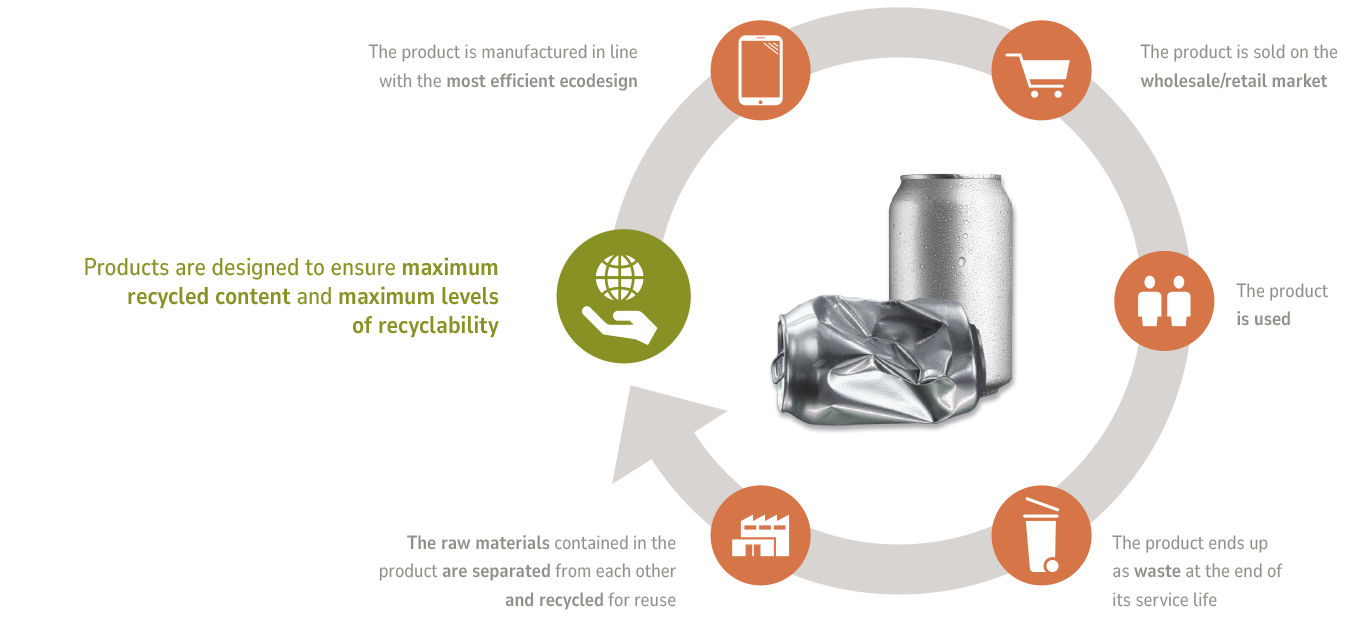
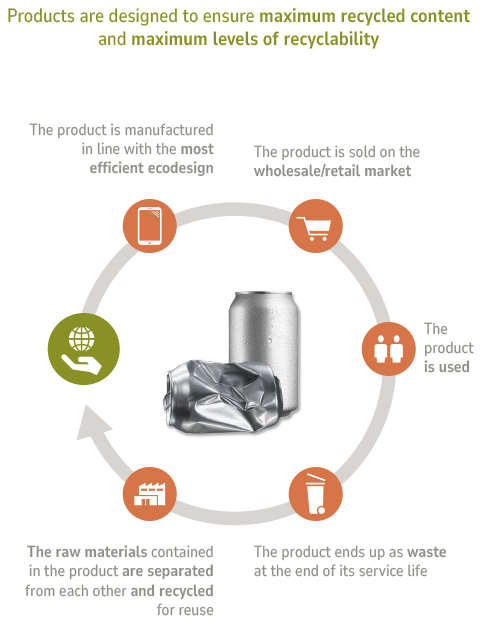
The ideal product life cycle
Close to perfect: EPEA has developed a set of principles to promote holistic recycling called Cradle to Cradle®
Why the Ecodesign Directive falls short
The problem with the current Ecodesign Directive is that while it takes energy efficiency into account, it completely ignores the important issues of raw material and recycling efficiency. This should be rectified as quickly as possible by introducing a recycling label for all products. This label should make it clear what a product’s recycled content is and whether it can be recycled at the end of its useful life. By doing so, consumers are given the possibility to assess how sustainable a product actually is – both in terms of its energy and its raw material efficiency.
What the recycling label should communicate
How long is this product’s lifespan, functional life and service life?
What resources were used to make this product?
How recyclable is this product?
What is its carbon footprint?
Once learned…
It is advisable for the basic design of such a label to reflect the ‘red, amber, green’ scheme that consumers are already familiar with. This would enable them to recognise a product’s raw material efficiency immediately. What’s more, it would allow detailed information about individual aspects of recycling (see above) to be included as well. All in all, the label would help increase levels of acceptance and provide consumers with a valuable assessment tool. This is important insofar that a consumer’s decision to buy or not to buy a product would certainly have an impact on industry and policymakers. If more sustainable products are bought, then the pressure on industry and policymakers to react grows accordingly. Whether it be for more recyclates to be used in production processes or for a more recycling-friendly environment to be created.
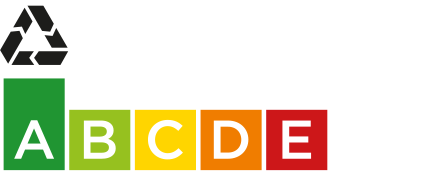
The label would be issued by an independent body that would assess the raw material efficiency of every product placed on the EU market.
Items in the wrong bin. A dead end for all forms of recycling
Recovering recyclable materials not only depends on industry designing the products for recycling and on the circular economy having the right recycling technologies. Consumers also play a decisive role. It is essential that paper, plastics and other recyclable materials are collected in the best possible way – preferably segregated according to type – if recycled raw materials are to be produced in the first place. Plastic packaging that ends up in the residual waste bin is unlikely to be rerouted and sent for recycling. Instead, it is normally incinerated. Ecodesign cannot help here no matter how good it may be. The same is true if supposed segregated collections are contaminated with outthrow and prohibitive materials. It is far more difficult, for example, to process organic waste into compost if plastic has been put in the food and garden waste bin. Whether or not a recyclable material is transformed into a recycled raw material depends, therefore, on the very first step – putting the materials into the right bin.
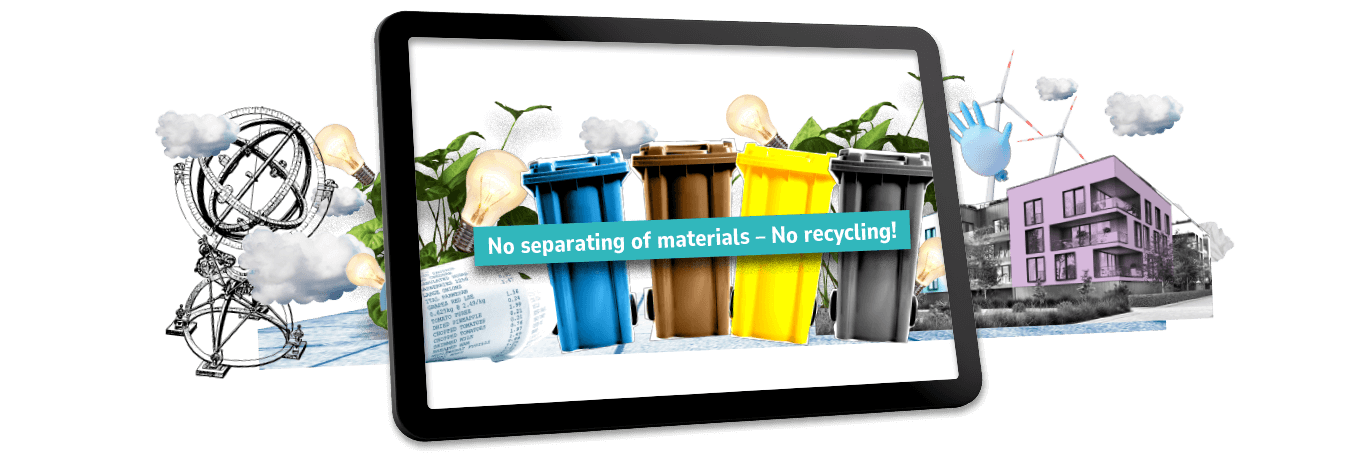
A few more important points about bins
As far as collecting recyclables is concerned, a huge step has certainly been achieved when consumers put their waste materials into the right bins. However, even a recyclable material placed in the right bin can still fail to be recycled and used to make recycled raw materials. The basic rule here is that a waste product should be dismantled, wherever possible, into its individual parts. Plastic yoghurt pots are a good example of this. If the greatest level of recycling is to be achieved then the aluminium lid should be separated from the yoghurt pot before they are thrown into the recycling bin or recycling sack. What’s more, the yoghurt pots should never be placed one on top of the other as this could result in the automated sorting technology at the sorting plant not being able to pick them out. This, in turn, means that the material is not sent to the most suitable recycling plant.
In the right bin – but in the right way. An example: a yoghurt pot
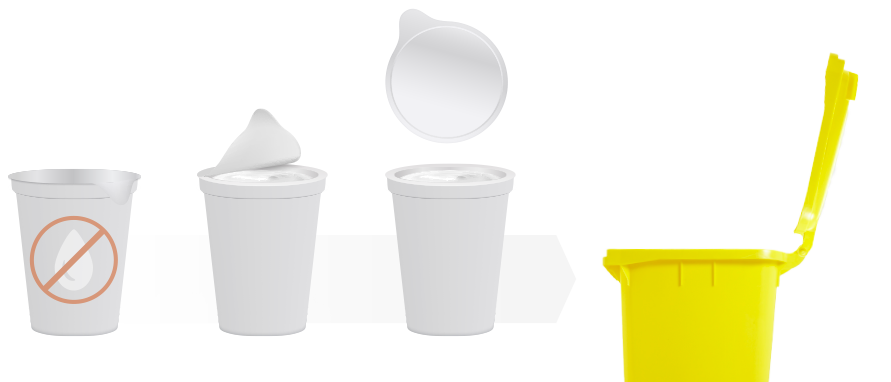
The pot does not need to be cleaned
Separate the aluminium lid from the pot
Put the two in the recycling bin separate from each other
Do not stack the pots on top of each other
